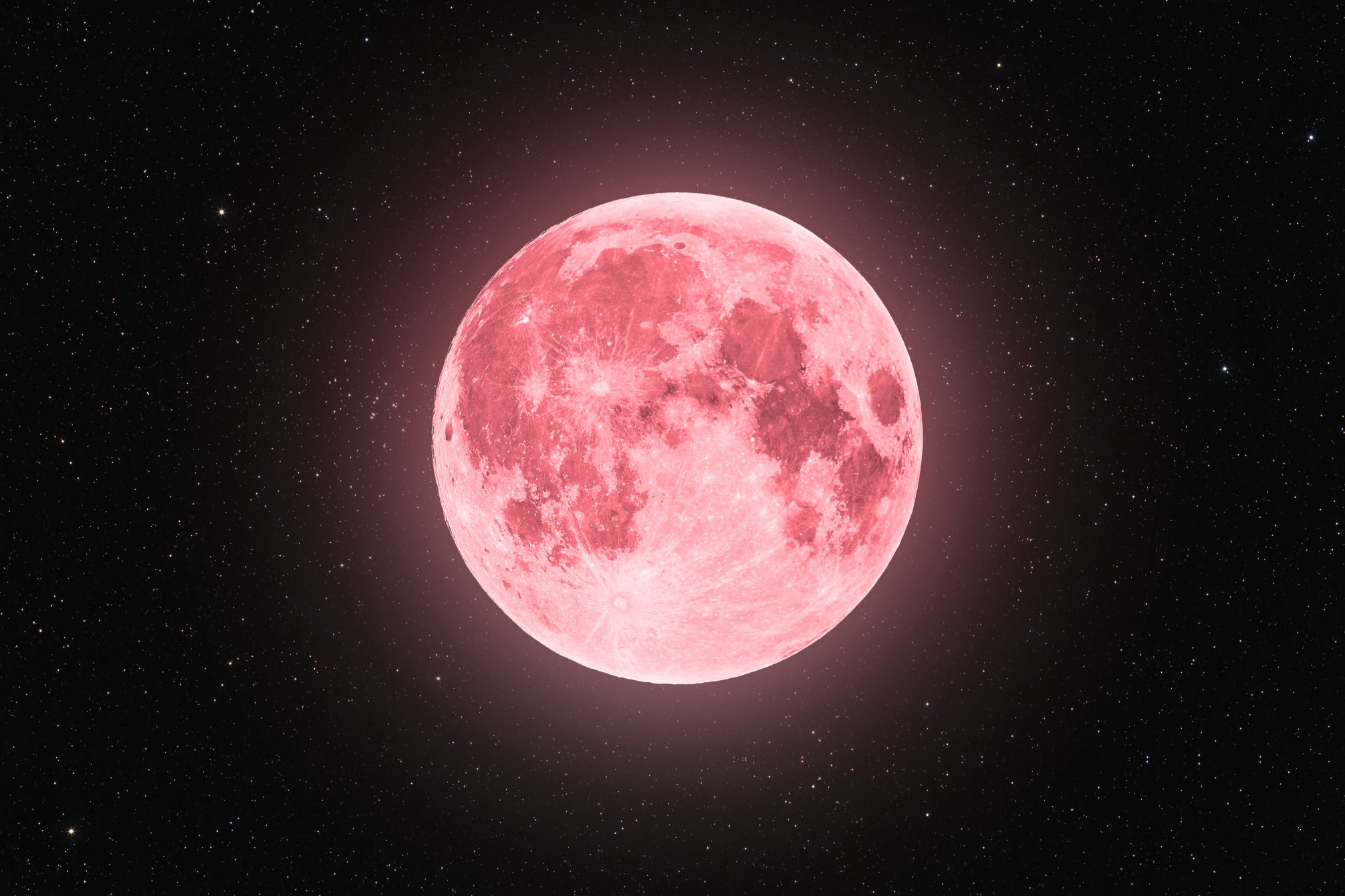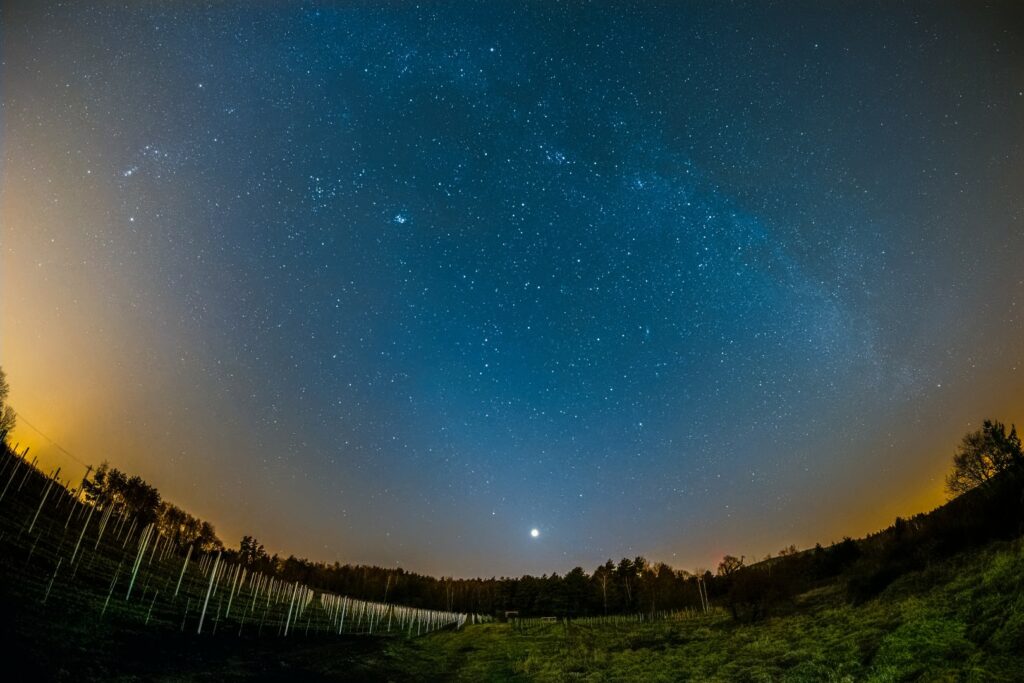
Heavy Rain, Flooding, and Chance of Severe Weather Staring Down the Southern U.S.
January 22, 2024
Posted: June 2, 2023 8:24 am





The Northern Hemisphere experiences the shortest nights of the year in the month of June. However, despite the lack of nighttime hours, there are still plenty of opportunities to take advantage of the warming temperatures and do some stargazing.
Here are the highlights of what you can expect to find in the June night skies, ranging from a full moon to a cluster of brilliant stars.
The first weekend of the month will feature a full moon. The Strawberry Moon will reach its peak fullness on June 3. The name comes from the typical ripening of the strawberry crops in the Northeast during this time of the year.
According to The Old Farmer’s Almanac, other nicknames associated with the June full moon include the Hot Moon, the Birth Moon, and the Green Corn Moon.
While the name of Strawberry Moon may hint at a pink or reddish hue, do not get your hopes up to see this colorful appearance. That said, those stargazers looking for the moon during the time surrounding the sunrise or sunset may see it take on a slight red or orange appearance as it glows on the horizon.
As always, you will need clear conditions in your area to see this moon in all of its bright glory. Be sure to check your local forecast before heading out to try to spot the full moon.
You will need a telescope or a good pair of binoculars to check out the astronomy event on June 13. On this night, the planet Venus will shine near the Beehive Cluster, a group of about 1,000 stars that sits in the western sky. Even with the help of a telescope, only a few of these stars will be visible.
However, you will be able to find Venus easily using only the naked eye. Look for it shining nearly as brightly as the moon.

Although the start of meteorological summer kicked off on June 1, the astronomical summer does not officially begin until June 21. The official summer solstice happens on Wednesday, June 21 at 10:57 a.m. EDT.
This is the exact minute that the sun’s most direct rays are trained on the Tropic of Cancer. As such, summer begins in all locations north of the equator. This is also the longest day of the year as defined by the number of minutes of daylight.
The date is in direct opposition to the winter solstice in December. Additionally, the June solstice is also the beginning of the astronomical winter in the Southern Hemisphere.
The number of daylight hours in the Northern Hemisphere will begin to decrease each day after the summer solstice, making the nights longer. The change will be so incremental that you will not even notice it at first.
Also on June 21, stargazers will find the convergence of the moon, Venus, and Mars. Despite it being the shortest night of the year, this event will offer something fun for stargazers to look forward to.
The crescent moon will be positioned close to both Mars and Venus in the western skies. You will find this trio right after nightfall.
The two planets will move closer to each other in the evening sky until the beginning of July when they hit the official point of conjunction. This moment will be the closest that they appear together until next February.
Did you find this content useful? Feel free to bookmark or to post to your timeline for reference later.

January 21, 2024

January 19, 2024

January 18, 2024